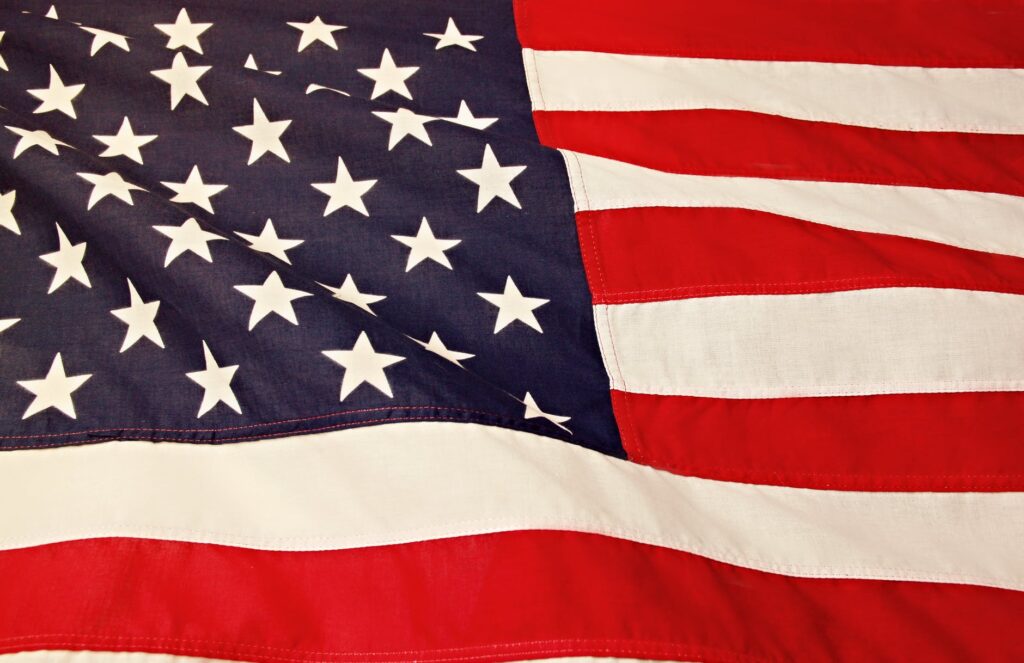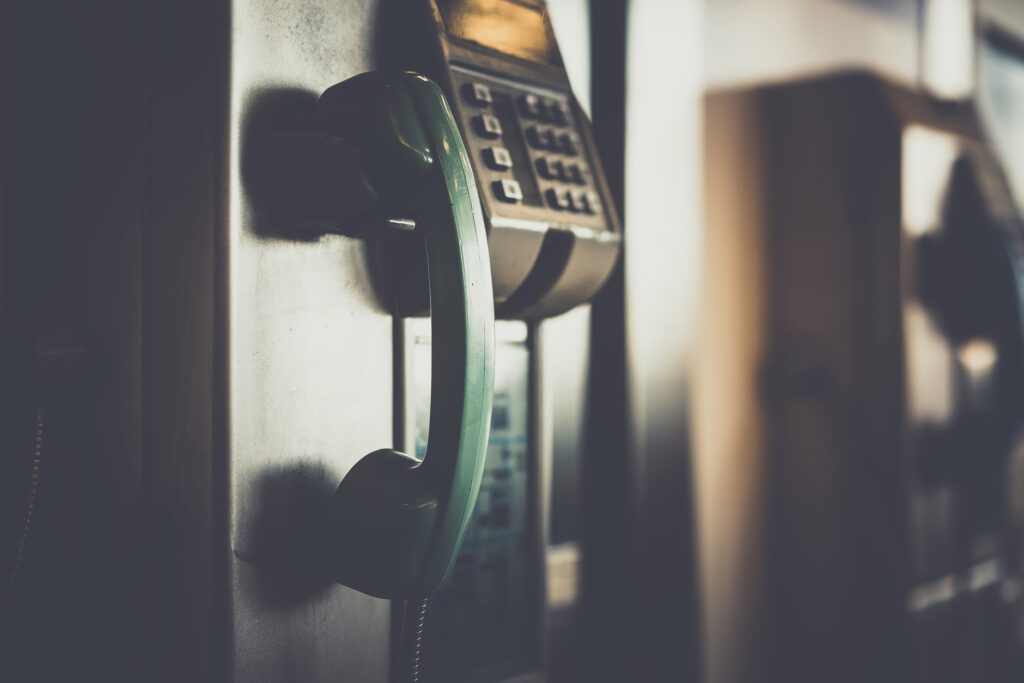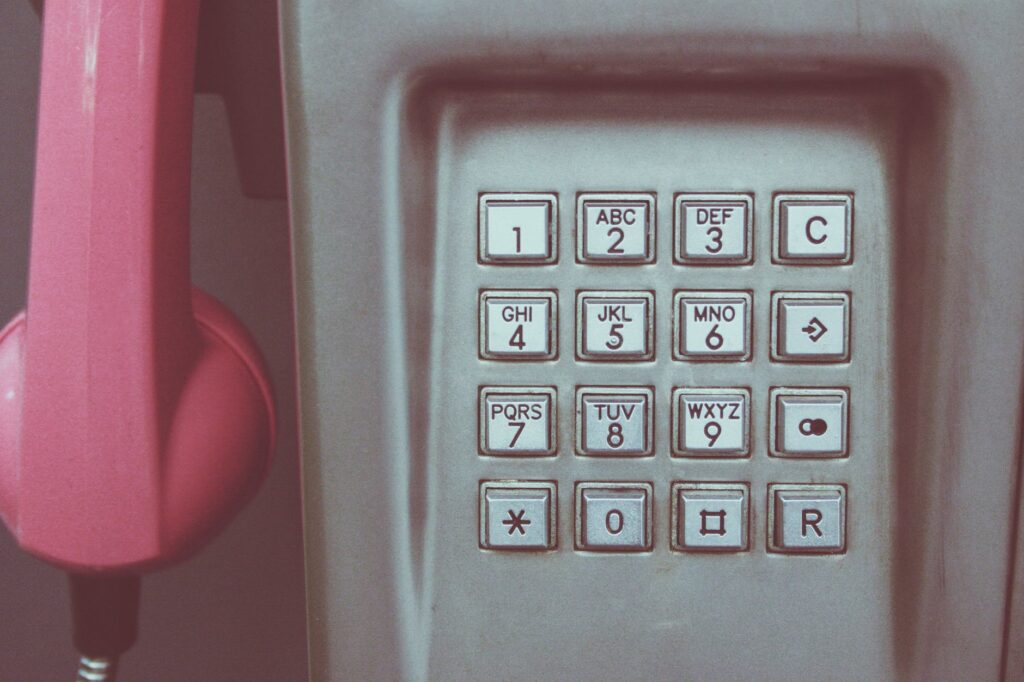At the first glance, US area codes look just like random three-digit numbers without any logic or reasoning behind them. However, as is often the case, things are rarely as they seem in the first place. In fact, there is nothing random about these numbers, at all. In fact, these numbers are defined by a clear set of rules – rules from quite a while ago. With that in mind, we’re going to start off with a little bit of history, to help you better understand the logic behind area codes in the US.
-
Understand How It All Came To Be

As you probably know, back in the early days of telephones, things weren’t as fast as they are nowadays. Prior to the 1940s, when the area codes were first introduced, the phone system was rather primitive. You’ve probably seen this on TV, but in case you didn’t – let us paint you a picture.
In order for you to phone a friend or a relative, another human being, at the time, usually, a woman, would have to manually connect you to the person you wanted to talk to. Telephones were dependent on human operators and everyone in the telephone industry at the time knew that that kind of system is non-sustainable. There just couldn’t be enough operators to keep the network afloat. So, a redesign was introduced during the mid-40s.
That is where we first meet area codes. Naturally, at the time, this was presented as a tool to help the operators do their jobs more efficiently, because, many people were about to lose their jobs and the whole thing has to be dealt with delicately. In reality, the new area code system was designed to automate the process and make telephone calls faster, more affordable and possible at a greater scale.
-
Understand The Numbers Behind Area Codes

The first area code system was introduced to the US public back in 1947. The two companies behind the new system were the Bell Telephone Company and AT&T. The first draft, if we may call it that, divided the US into 86 area plans and each of these had a three-digit number assigned to its name. What was common for all of them is that all of them had a 0 as the middle digit. These were the first area codes or NPA codes.
However, if you take a look at it, you can see that there are 86 area plans and only 50 states. That means that the area codes weren’t correspondent to the states, but to something else. That had caused some confusion amongst people since they’ve noticed that some of the states have more than one area code, depending solely on geography.
In the efforts to make things simpler and avoid further confusion, these states and provinces were assigned a new three-digit code. This time, the middle digit was 1. That had made it possible for people to differentiate the states and provinces with multiple area codes, such as New York, which was assigned 212 and 518 as their new, updated area codes.
But, why did you need multiple area codes? Well, we consulted with araara.co on this one and it turns out that the Bell had decided to use this approach for future scalability and improvements. It’s safe to say that his predictions were true as telephones did become one of the most used gadgets in the history of mankind.
Now, we’ve talked about the middle digit, but what about the other ones? Well, the first and the last digit were assigned according to the current population density and its expected development. Now, this might sound like odd reasoning, but it really wasn’t. You see, the goal was to keep the highly populated areas on the lower spectrum of the area codes, which is why the more densely populated area of New York was assigned 212.
The whole reasoning behind it was to keep the dialling process fast and easy in the areas that had the most people using the phones. You see, back in the late 40s and all the way to the late 90s, a lot of people used rotary phones. And if you’ve ever seen or used a rotary phone, you know it was much faster and easier to dial a 2 rather than a 9.
But, that was back in the day, what about now? Are the rules the same?
-
Understand The Modern Day Area Codes

As you probably know, the US counts a lot more than the initial 86 area codes. Nowadays, there is over 300 are codes assigned just to the US states and provinces. Each of those area codes has the capacity of almost 8 million different telephone numbers and if we multiply those two, we can see just how popular telephones have become.
Nowadays, there are clear rules as to how a telephone number and an area code can look. The format in which you can recognize the modern phone number is NPA-NXX-XXXX. The NPA or numbering plan area code still consists of three digits, but the rules on how which one is determined are slightly different.
The first digit can still only be from 2 to 9, that part has still gone unchanged. However, nowadays, both second and third number can be anything from 0 to a 9. In case that the second and third number are matching, those NPAs are called ERCs and are mostly used for special services.
The NXX or central office exchange code is formed in the same way as the NPA, with the exception that the second and third number can’t both be 1, as those codes are reserved for special services like emergency services (911), relay services for people with hearing or speech disabilities (711) or local telephone directory service (411).
The final, XXX or the line number, can be completely random.
Conclusion
Now, there are no rules as to which area code can be assigned to each state if that’s what you were hoping to find out. Hopefully, we have managed to solve at least some of your confusion and we hope you now have a better understanding of how these work.
